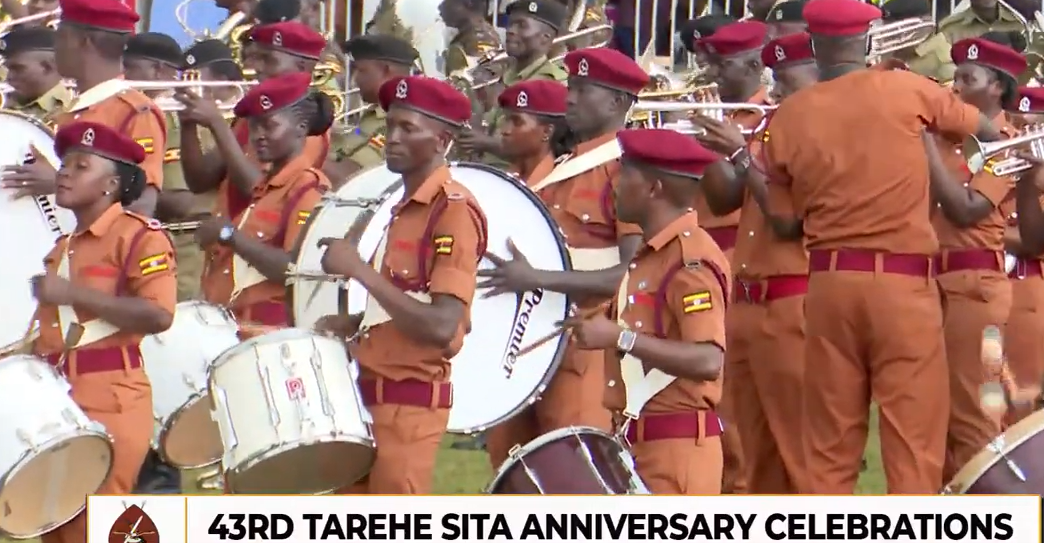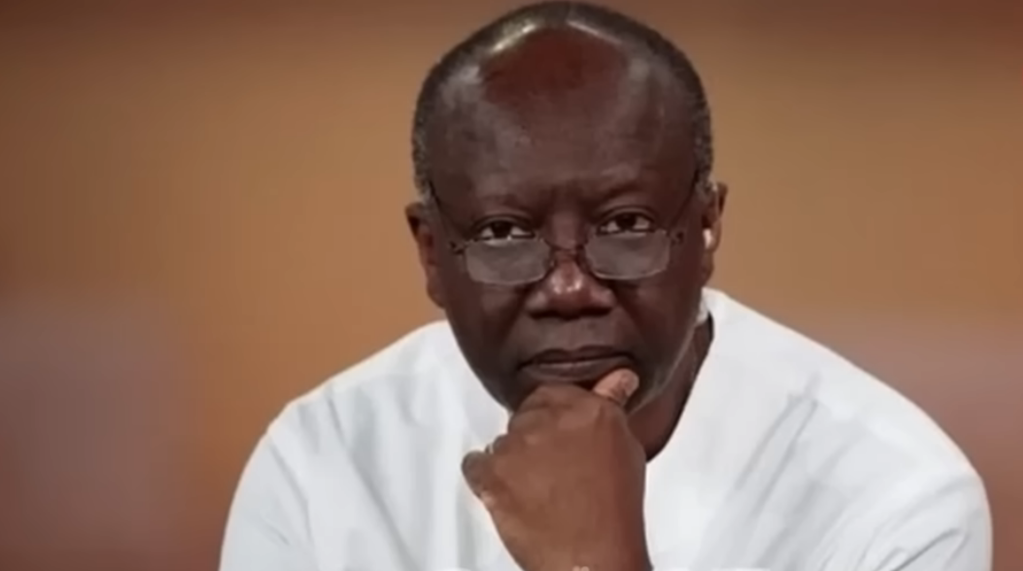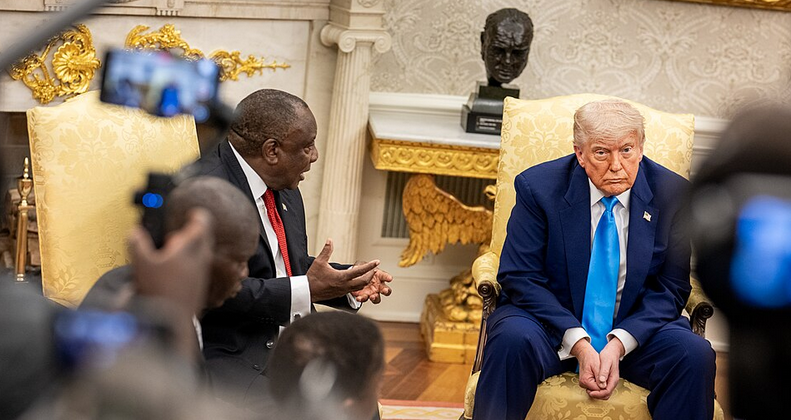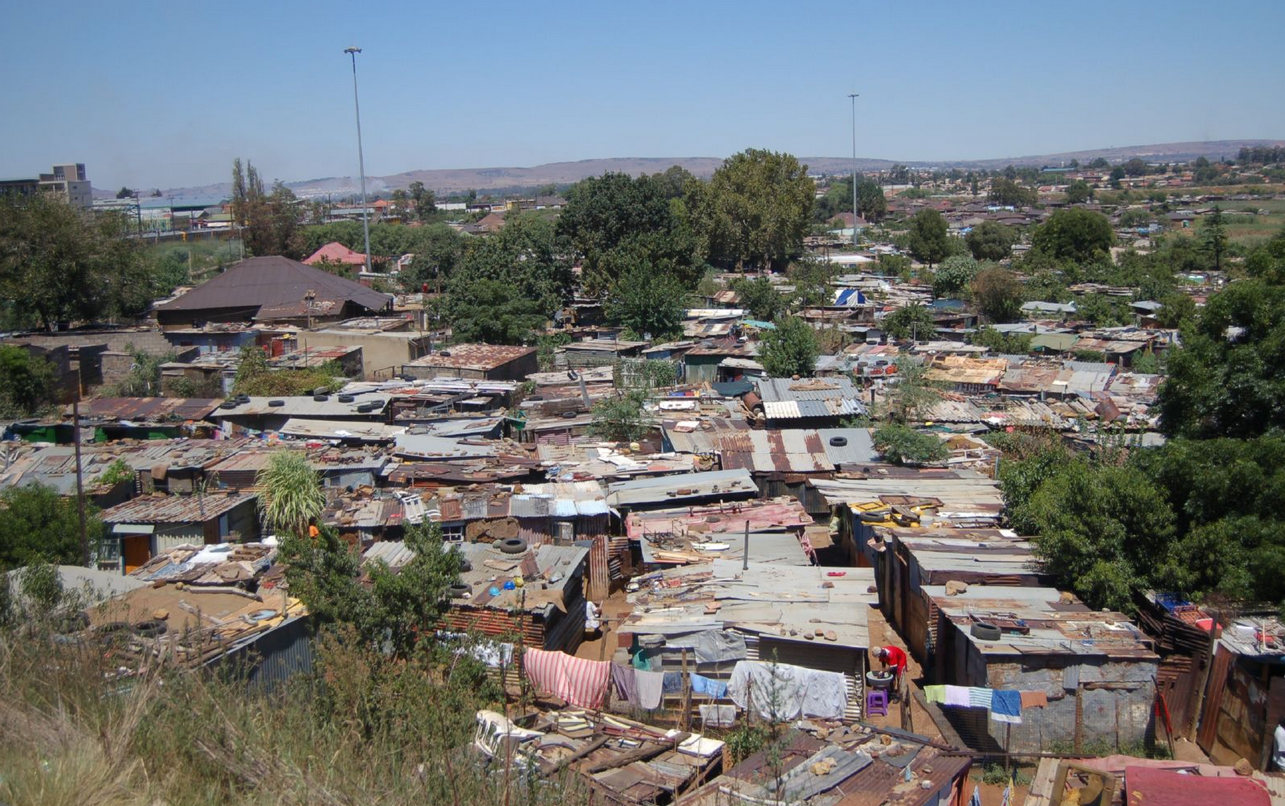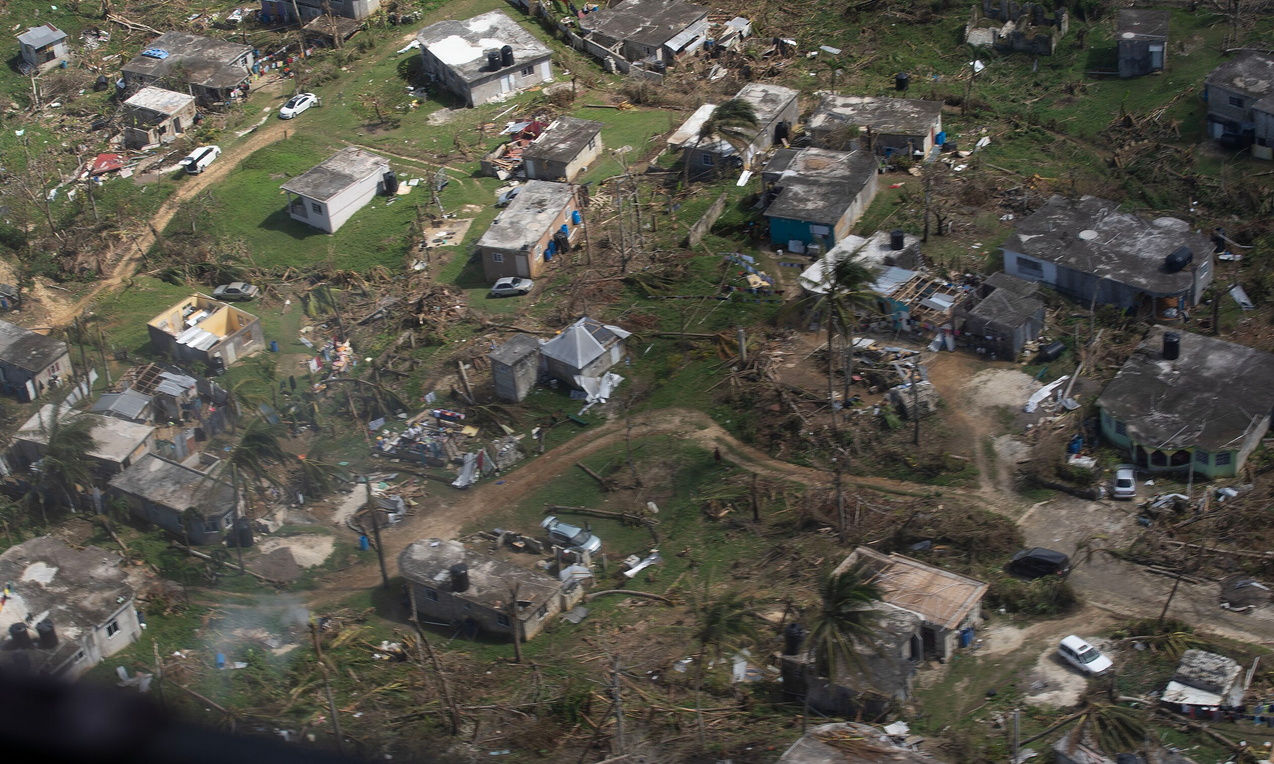By Zacharia Kanyonyozi
Photos: YouTube Screenshots
Preparations for the 43rd Tarehe Sita Anniversary in Busesa, Bugweri District, Eastern Uganda, are underway as the Uganda Peoples’ Defence Forces (UPDF) and other security forces conduct extensive rehearsals for parade drills and associated protocols.

‘Tarehe Sita’, which is Swahili for ‘sixth day’, is an annual event that marks the day the National Resistance Army – the armed wing of the ruling National Resistance Movement – led by dictator Museveni launched an armed struggle on 6 February 1981 against the legitimate government of Milton Obote.
General Wilson Mbasu Mbadi, UPDF Chief of Defence Forces, said today during a press conference at the Uganda Media Centre, in Kampala, that this year’s Tarehe Sita will be celebrated under the theme: “Celebrating the Peoples’ struggle for Unity, Security and Peace”.
Brigadier General Rwashande, Chief of Civil-Military Cooperation, also chimed in to explain the relevance of this irrelevant day.
“The Defence Forces Week aims to give back to the people as a token of appreciation for their contribution towards the liberation of Uganda,” Gen. Rwashande said.
Of course the army cannot give back the lives of the 500,000 Ugandans who died because of Dictator Museveni’s bloody bush war from 1981 to 1986.
The devastation wrought by the war in the Luwero Triangle (formerly comprising Kiboga District, Kyankwanzi District, formerly part of Kiboga, Nakaseke District, formerly part of Luweero, Nakasongola District, formerly part of Luweero, Luweero District, Mubende District, Mityana District, formerly part of Mubende and Wakiso District, formerly part of Mpigi) is still being felt today.
That is partly why these districts are firmly in support of Bobi Wine’s National Unity Platform party, the biggest opposition party that swept the presidential polls in 2021 only to be unlawfully denied victory Museveni’s Junta.
So this is partly why the Tarehe Sita celebrations are being held in the east and not central Uganda, where the Luwero Triangle districts are largely found.
Also, because, according to former president Milton Obote, the east has been cowed by the terror of dictator Museveni.
“On March 1990, Museveni moved physically to Kumi District in the East and remained there for 18 days where he took command of his army against “rebels”. The war, which according to him, had ended was being prosecuted by him, some nine months later, with the greatest brutalities. The entire population of Kumi District or whatever number remained alive from previous massacres, have now been forced into concentration camps and Museveni is personally commanding his army in the destruction of homes and property. Considering that the population of Kumi (1979 census) was, in round figures 350,000, the number of the entire population of the District which has not (1990) been herded in camps is extremely ominous. The number being given is 150,000; that certainly can not (sic) be the entire population of Kumi. The missing 200,000 and more appear to be of no interest or concern to those who have created walls to protect Museveni and conceal his genocide. Kumi is the District where on several previous occasions, the NRA rounded young men and had them burnt, gassed or starved to death in Railway wagons. The latest such deed was in July 1989. Museveni and his army have been engaged in the orgies of killings in this District like others in the North and East since 1986,” wrote Obote his groundbreaking pamphlet, Notes on Concealment of Genocide in Northern Uganda (1990).
As you can see, the best the army can give back to Ugandans is the freedom they have strong-armed and militarily sanctioned by nonsensical days such as Tarehe Sita.
Dictator Museveni and his associates will indeed have their today while bearing in my mind that every dog has its day, too.

